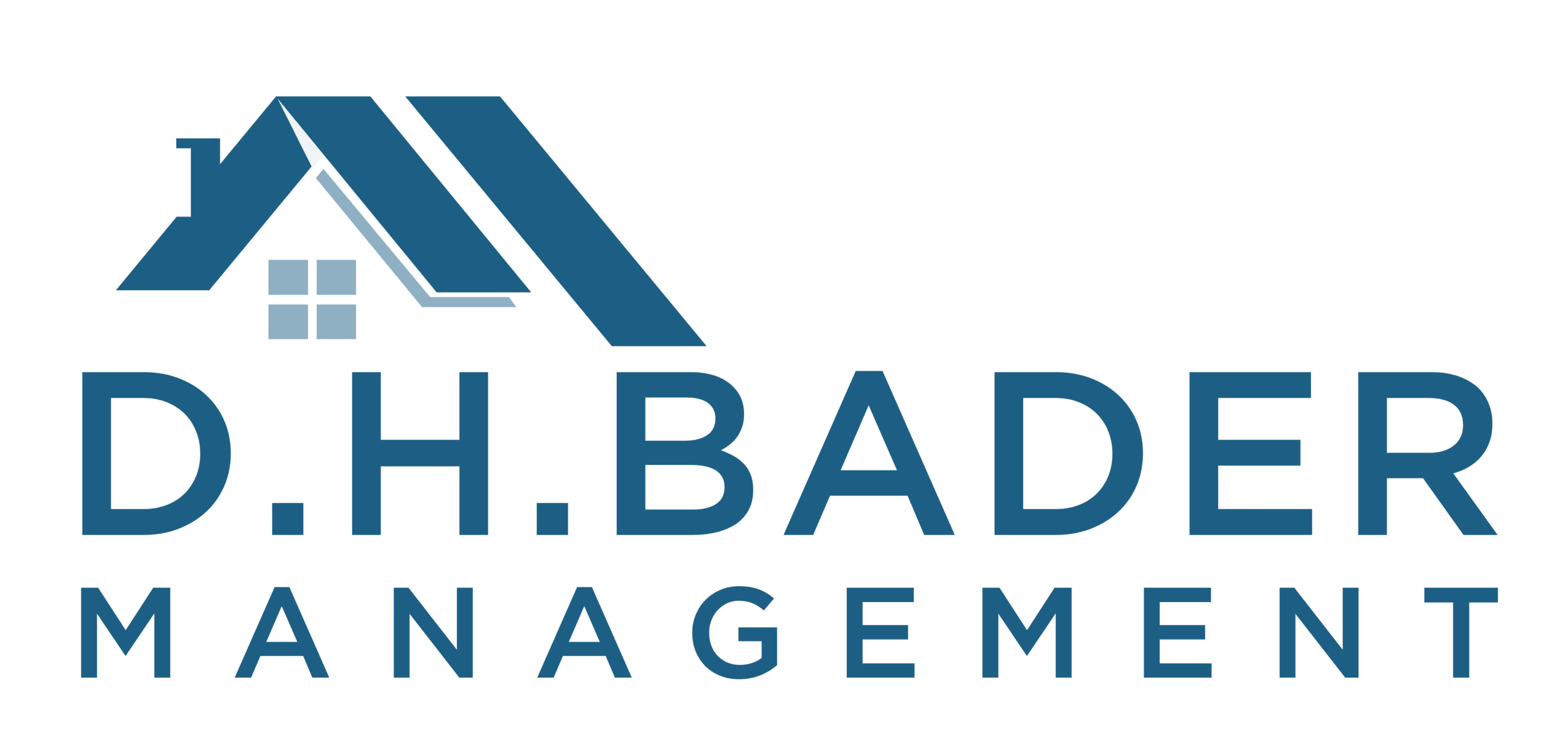HOA Reserve Funds: A Complete Guide to Planning and Management
A well-managed homeowner’s association (HOA) runs more on events and community pride. It also requires smart financial planning.
In order to keep your HOA financially secure for years to come, you need to have a properly funded reserve fund. Without it, your HOA risks unexpected expenses, deferred maintenance, and even homeowner conflicts.
Keep reading to learn everything you need to know about planning and managing your HOA’s reserve fund.
What is an HOA Reserve Fund?
First, the most important questions: What is an HOA reserve fund?
An HOA reserve fund is a savings account set aside to cover major repairs, replacements, and capital improvement projects in your HOA community. Unlike your operating fund, which pays for routine expenses, such as landscaping or insurance, the reserve fund is earmarked for big-ticket items.
Common projects that use reserve funds include the following.
- Road replacements
- Road resurfacing
- Pool repairs
- Playground equipment upgrades
- Building exterior painting
- Roof replacements.
In short, a healthy reserve fund protects homeowners from unexpected special assessments and costs related to unforeseen maintenance issues or large projects. Your reserve fund will help maintain your HOA’s property values and homeowner satisfaction levels.
How to Plan a Reserve Fund
Clearly, a well-planned reserve fund is essential for HOAs. But, how do you go about planning for an HOA reserve fund?
Here are our top tips for how to approach it.
- Establish clear and consistent communication channels.
A reserve study is a professional evaluation of your HOA’s physical assets, estimating the remaining useful life and projected replacement costs. The reserve study can help direct you towards the amount you need to keep on hand in your reserve fund. - Set a funding goal.
Once the reserve study is complete, you should determine how much your community needs to have in reserve. Most financial experts recommend aiming to have your reserves 70% to 100% funded to avoid shortfalls and special assessments.
- Build reserve contributions into your annual budget.
Your funding goal will help determine how much your community needs to contribute each year. This amount should be factored into each homeowner’s annual dues. - Update your reserve study regularly.
Communities grow and assets age, so you will need to review and update your reserve study on a regular schedule. We recommend it every 3-5 years. Some states have laws governing the frequency of reserve studies, which you will need to follow to remain in compliance.
How to Manage a Reserve Fund
Once your reserve fund is established, responsible management is key to protecting your HOA’s financial future. Here are some important management tips to consider.
- Keep the funds separate.
Reserve funds should be held in an account separate from your operating budget. Doing so will ensure that those funds are used exclusively for long-term repairs and replacements. - Invest conservatively.
Many HOAs will invest their reserve funds. If you choose to follow this path, invest in low-risk, interest-bearing accounts or certificates of deposit (CDs). The goal is to grow the fund modestly while preserving capital. - Work with a professional community association management company.
A season’s management partner, like D.H. Bader Management, can help your HOA Board plan, track, and manage your reserve fund efficiently.
Let D.H. Bader Management help ensure your community remains financially stable and successful. Contact us today to learn more about how we can help your HOA plan ahead.
